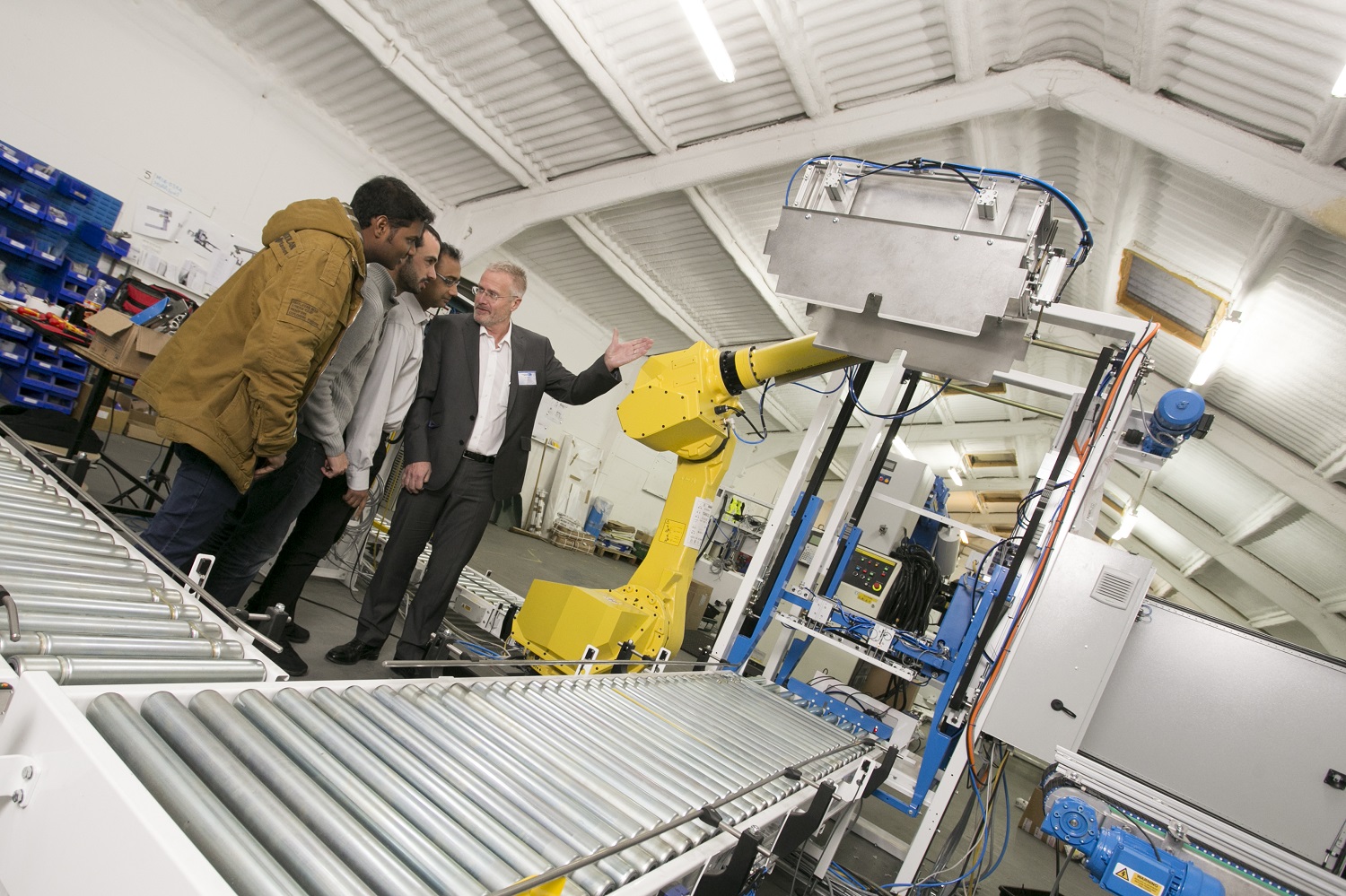Automation has changed the game in manufacturing and packaging. It has simplified processes, increased efficiency, and reduced errors. Automated equipment for packaging has revolutionized the industry through improved speed and precision. It is essential to understand that automation does NOT eliminate the human element but instead transforms the nature of the work. In this piece, we’ll explore the human aspect of automated packaging equipment. We will look at the skills required for success.
Coexistence of Humans and Machines
Automated packaging machines can now perform a number of tasks. They can do everything from filling and securing containers to labeling or sorting the products. These machines excel when it comes to repetitive, fast operations. This reduces labor costs while increasing output. However, these machines need to be self-sufficient. Human operators are essential in maintaining, optimizing, and overseeing the machinery.
The roles of humans are changing from manual to analytical and supervisory as automation is more prevalent. This transition highlights the importance of skilled personnel capable of managing, troubleshooting, and optimizing automated packaging systems.
Skills Requirements for Automated Package Operators
- Technical Proficient: Automated package equipment often involves complex machinery. Operators will need a solid foundation of technical knowledge to be able to control and monitor these systems. This includes a working knowledge of machines, software interfaces, data analysis tools, and other technical aspects.
- Problem-solving: Despite the latest automated systems, they can still encounter issues and malfunctions. Skilled operators will be able to diagnose problems, find solutions, and solve them efficiently. To minimize downtime while maintaining productivity, it is crucial to develop problem-solving skills.
- Adaptability: Automated packaging systems have evolved and improved over the years. Operators must keep abreast of new technology and adapt to changes made in equipment and processes. In this industry, being open to ongoing learning and improvement is crucial.
- Attention Detail: In spite of automation, precision is critical to packaging operations. Operators should ensure that all products are filled, appropriately sealed, labeled, and packed correctly. Attention to detail is essential for preventing errors and maintaining product quality.
- Safety Alert: Automation is a new danger to safety. Operators must pay attention to safety protocols. These include machine guarding, emergency procedures, proper handling of materials, etc. Safety training plays a vital role in preventing accidents.
- Communication skills: Effective and clear communication is necessary to work with automated systems as well as other team players. Operators have to be able to communicate information clearly and concisely, report any problems quickly, and collaborate as required with maintenance personnel or engineers.
- Data Analysis: Many packaging systems produce data that can used to monitor performance and efficiency. Operators who have data-analysis skills can use these insights to optimize their processes.
The Future of Human-Machine Collaboration
As automation advances, human-machine relationships in packaging operations are likely to continue evolving. The goal of the packaging industry is to enhance human abilities and increase overall efficiency. Skills and training of packaging workers are vital to this synergy.
Human creativity, critical thinking, adaptability, and the capability to handle unexpected circumstances are all essential for automated packaging. While machines excel in repetitive, high-speed tasks, human operators bring the judgment and decision-making skills required for complex problem-solving.
Automation of packaging equipment is a significant step forward in the manufacturing industry. It is vital to realize that the human component remains a crucial part of manufacturing. Skilled operators, equipped with the proper training, are essential to ensuring that automated packaging systems run smoothly and efficiently.

